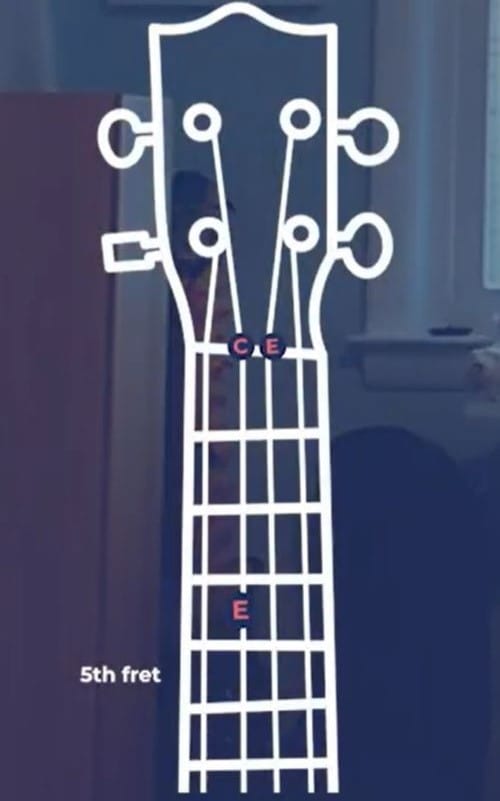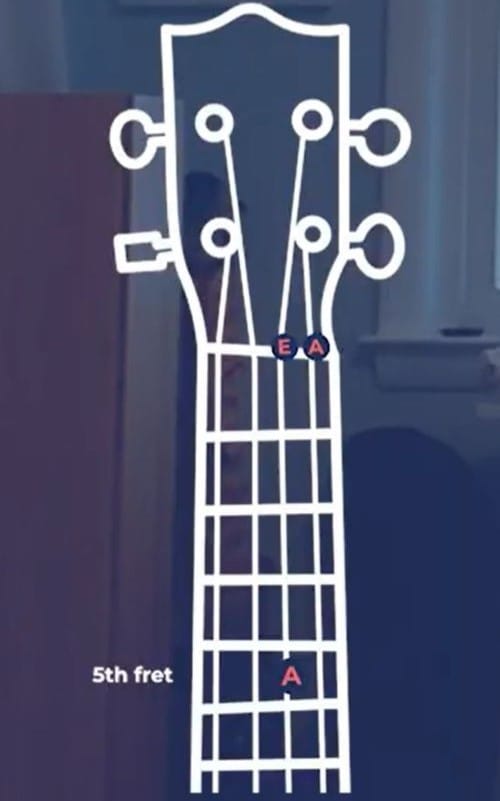Knowing how to tune your ukulele is a must know skill for any player – from beginners to pros. Learn the ins and outs as John takes you through his process of tuning a ukulele.
Written by John Allnutt / Published January 19, 2025
Last updated: N/A
Whether you’re new to the world of ukuleles or looking to refine your skills, tuning your instrument is a must-know skill. Today, I’ll walk you through the steps to tune your ukulele and share tips to make the process a breeze. Let’s dive in!
Why Does a Ukulele Go Out of Tune?
There are many different reasons why a ukulele may go out of tune. Beginners may find that their new ukulele strings often go out of tune. This is completely normal, as it usually takes new strings a few tunings to properly stretch and settle.
Some other common reasons strings may go out of tune are:
- Temperature: Cold weather causes strings’ pitch to go up, while warm weather brings it down.
- Humidity: Each string reacts differently to moisture due to its size and material.
- Tuner Quality: Low-quality tuners might struggle to hold the pitch.
Tools You’ll Need for Tuning Your Ukulele
The easiest and most accurate way to tune is by using a tuner. I find the Snark tuner to be a great option. It’s a clip-on device with a large, clear display that makes tuning pretty straightforward.
You can get your own clip-on ukulele tuner from Amazon here.

Step-by-Step Tuning with a Clip-On Tuner
1. Clip on the Tuner:
Attach the tuner to the headstock of your ukulele. Clip it at the very end for best results and so you can see the display a little easier.

2. Tune Each String:
- G String: The first string you’re going to tune is the one directly under your nose, the G string. If a string is sharp (too high), lower the pitch slightly. If it’s flat (too low), tighten the string gently. Adjust the tuning key until the needle is centered on the display, indicating on pitch.
- C String: This is the next string down. Just repeat the same process as above.
- E String: This is the second to last string when tuning from top to bottom (ceiling to floor). Note: If the tuning key is on the other side of the headstock, the direction you turn the key will change depending on if you’re tightening, or loosening the string.
- A String: This is the farthest string from your nose. Follow the same steps as above.
Alternative: Relative Tuning
No tuner? No problem! Relative tuning or tuning by ear is a type of tuning where you tune each string relative to another.
This happens when you don’t have anything to help you tune your instrument. However, this method is a little bit easier if you have a low G ukulele.
Here’s how to tune relative to each string:
1. Start with the G String: Press the 5th fret and match its sound to the open C string.

2. Move to the C String: Press the 4th fret and match its sound to the open E string.

3. Next, the E String: Press the 5th fret and match its sound to the open A string.

4. Adjust as needed until all strings are harmonious.
Test Your Tuning
It is important to note though that relative tuning is a bit tricky and isn’t always accurate. However, it is a good practice when you have no one and nothing to help you – not even another instrument, say, a piano to base the sound of each chord.
To know if you tuned your ukulele just about right or at least closer to perfection, play a simple chord like C Major. If it sounds right or fits a song you usually play, you’re good to go!

Final Tips
- Practice tuning regularly—it’ll soon become second nature.
- Consider environmental factors and retune as needed.
- Use high-quality strings and a reliable tuner for the best results.
Keep Strumming!
Tuning is an essential skill for every ukulele player. With these tips, you’ll be able to tune quickly and confidently. Happy strumming!

John Allnutt
Writer & Ukulele TeacherJohn has been teaching music since 2008 and resides in Richmond, Kentucky with his wife Laura and dog Sam. In his spare time he enjoys growing and cooking food, roasting coffee, playing board games, and spreading joy through playing and teaching music.




